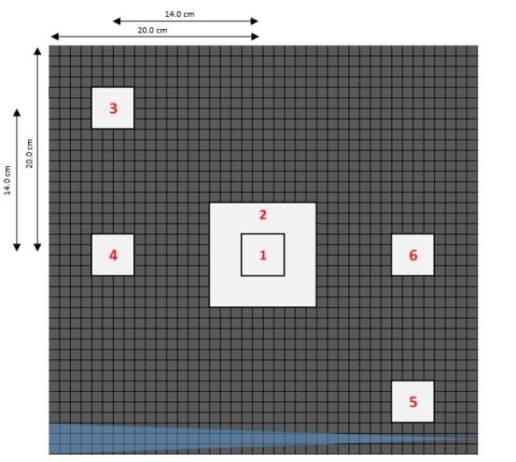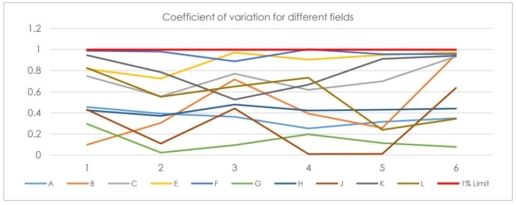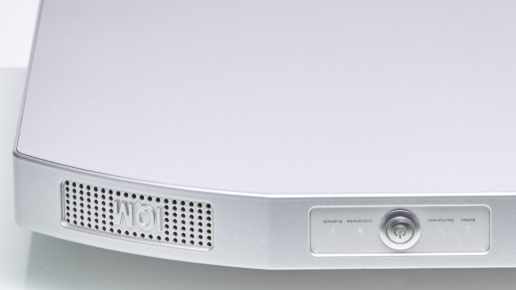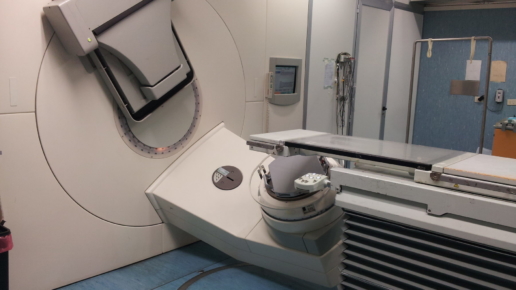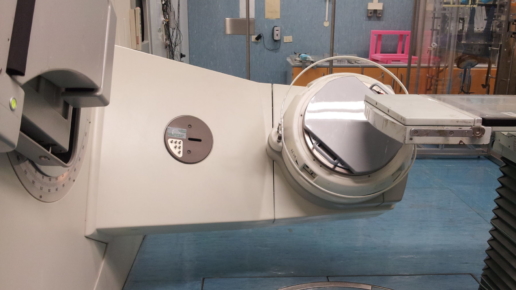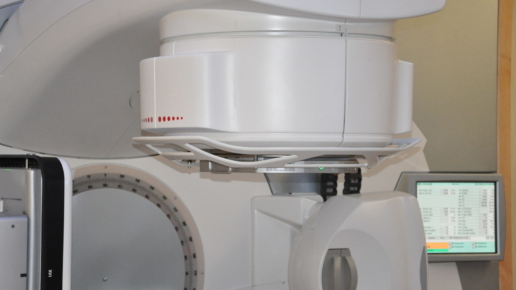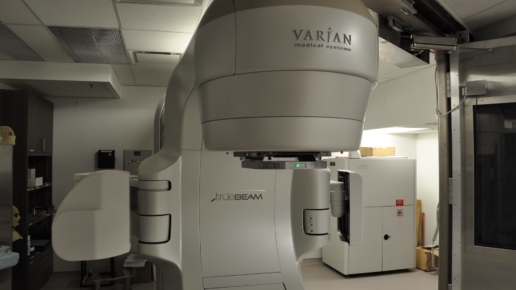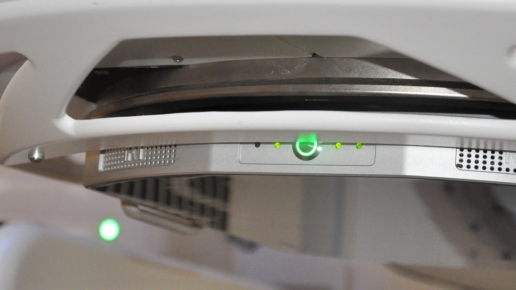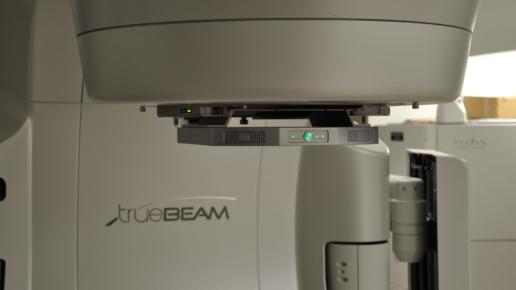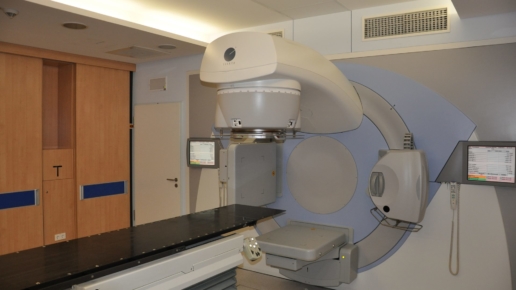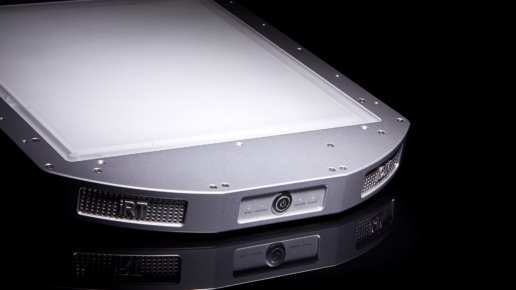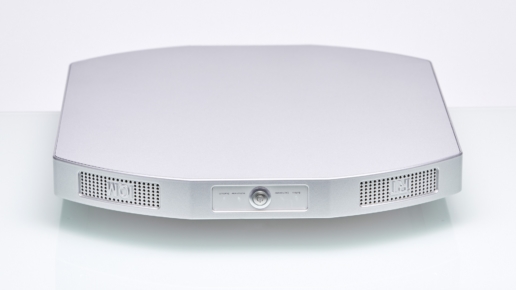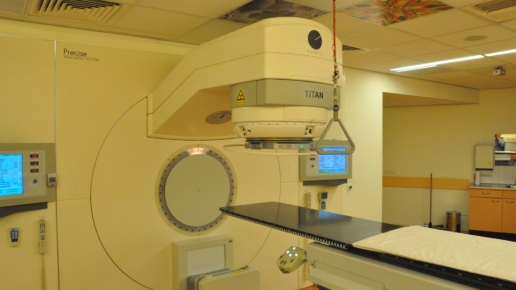Test purpose
This test verifies the IQM detector’s capability to measure the same signal when the same beam is repeated multiple times over a longer period.
Test method
A group of 10 research partner sites ran six different fields for a 6MV photon beam delivering 100 MUs. The fields used are a centered 10 cm x 10 cm field and five 4 cm x 4 cm fields (defined by MLC and Jaws). The distribution of the segment openings is shown in the figure below. The fields were chosen to ensure the reproducibility of the signal for different field sizes and positions. Passing criteria for the test was that the variation of the measured signal for every beam segment be 1.00% or less. The research partners were asked to repeat the test on different days over a time period of multiple weeks. 10 beta test sites measured the fields on average 16.3 (2 – 59) times on 6.4 (1 – 19) different days.
Test results
The coefficient of variation for the selected fields varies from 0.01% to 0.99% and the mean variation ranges from 0.13% to 0.96%. For all sites the coefficient of variation is within the criteria of 1%. Figure 4 gives an overview of the variation. The results indicate a variation in the signal, which is due to Linac output variations on different days.
Conclusion
All measurements passed the acceptance criteria for reproducibility, with the
coefficient of variation being 1.00% or less. The results indicate high long term reproducibility.
This test report is based on a publication created by iRT Systems GmbH, Koblenz (Germany).
Please click on the „Download“ button to download the complete publication.
